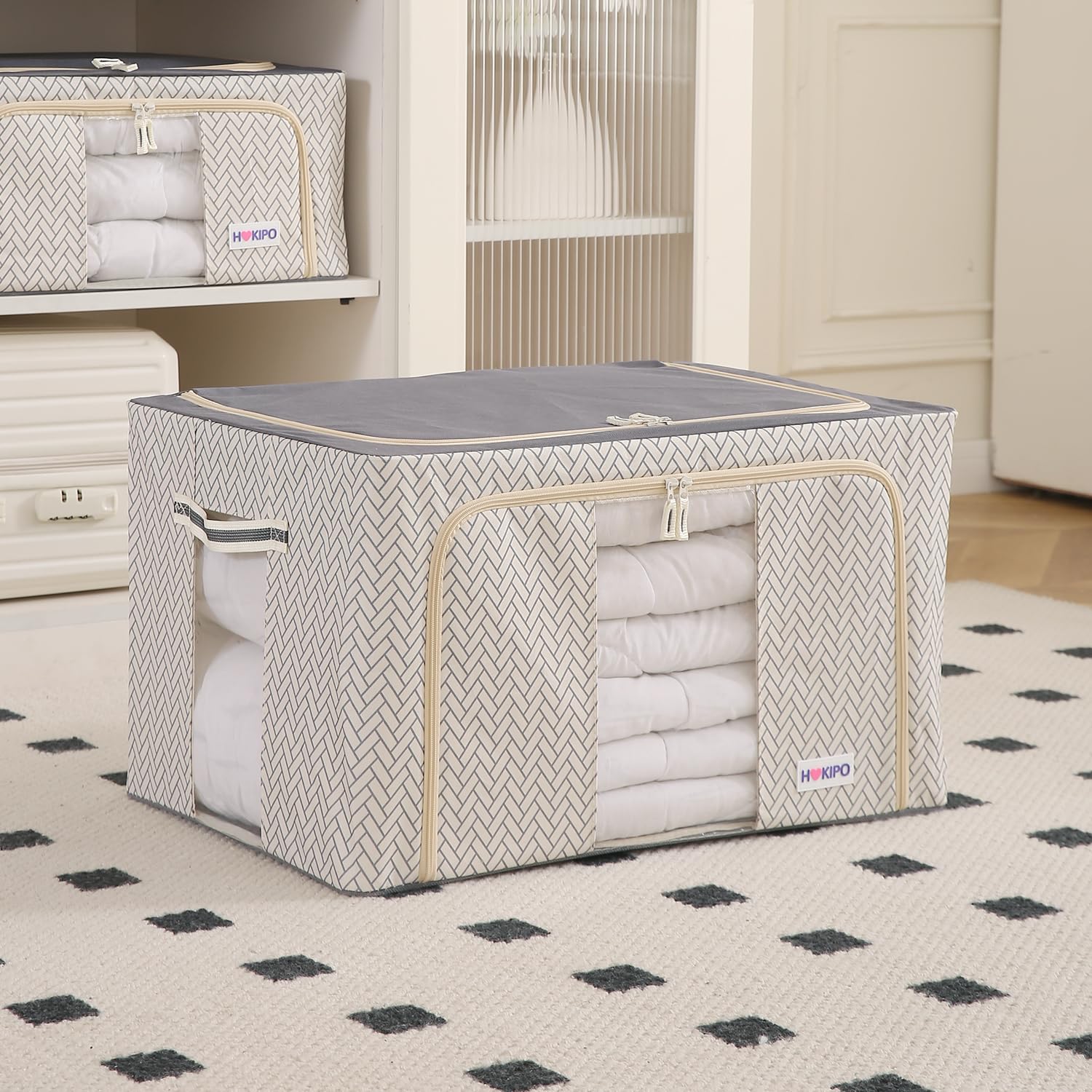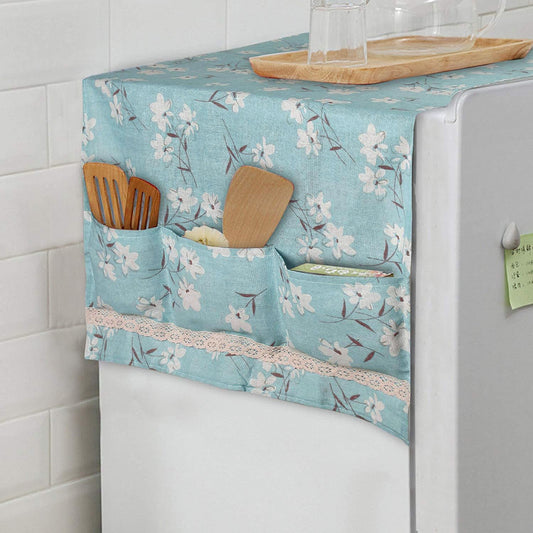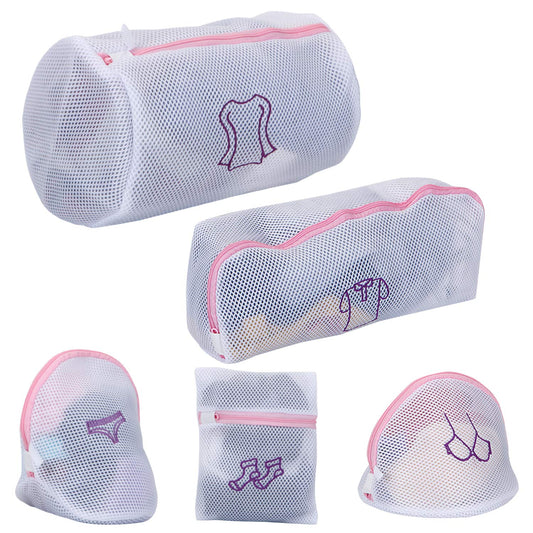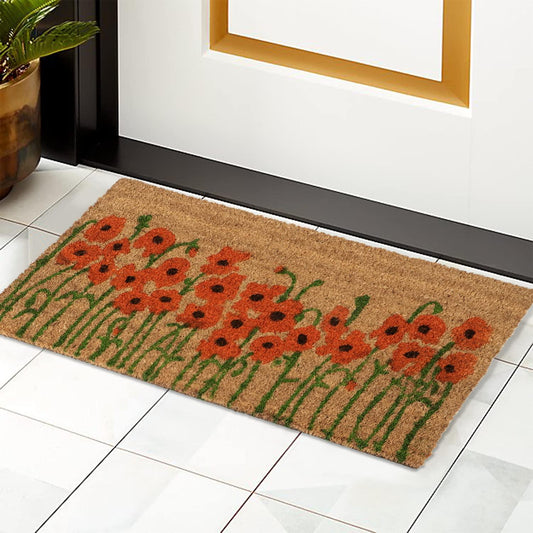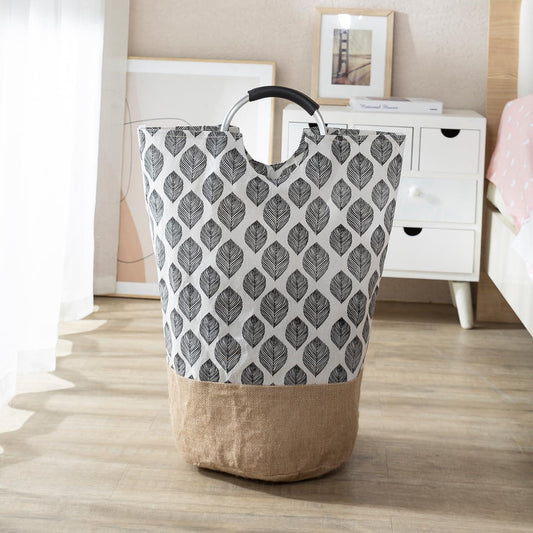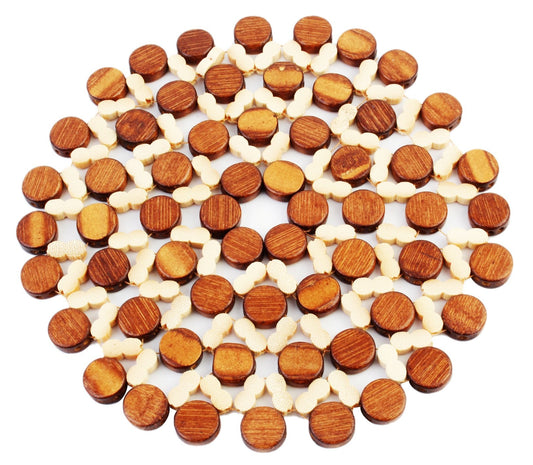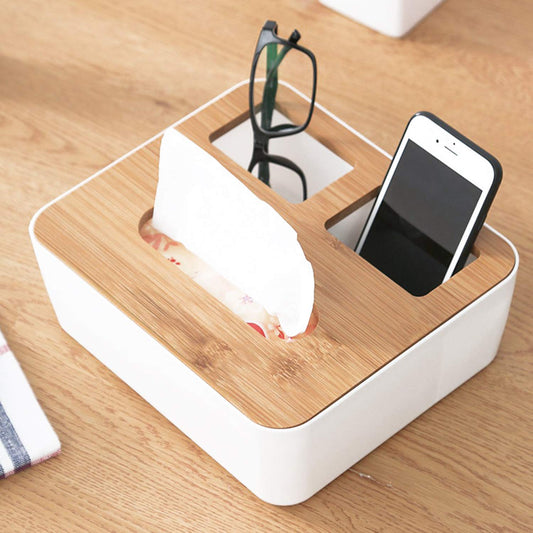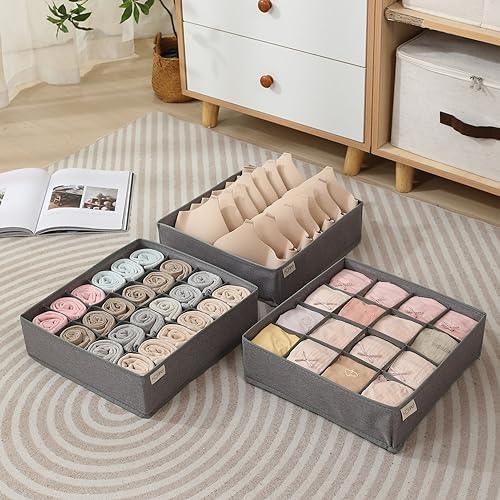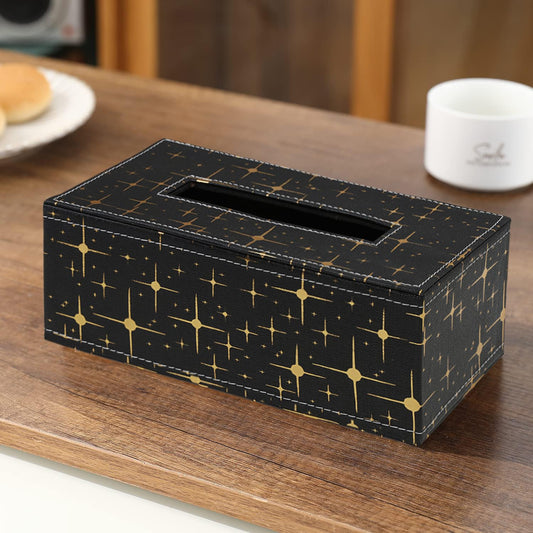
What Is A Comforter? Uses, Cleaning Tips, and More
Most of us love snuggling under thick blankets when we’re cold or feeling nervous and scared or even when we’re ill. Personally, I am one of those that love snuggling under thick blankets or rather, comforters.
Surely, you too have used comforters somewhere. Maybe, you have some at home too or have used them at hotels. That’s because comforters are now common and ubiquitous, indispensable parts of a bedroom and household, regardless where you live.
You might be confused whether I’m talking about the usual blankets that’re common too in every household or comforters. Actually, I am speaking about comforters. As a matter of fact, comforters are far too different from blankets and serve some extra purposes too.
Would you like to know the basic differences between comforter Vs blanket? Sure. Here we go.
Comforter Vs Blanket: Understand The Difference
The first and perhaps the greatest difference between blanket and comforter are its thickness. Usually, a blanket is made of a single sheet of fiber such as cotton, natural or artificial wool, fleece or polyester or a blend of two or more of these materials.
On the other hand, a comforter is made of multiple sheets stitched together in layers. This makes a comforter much thicker than your daily blanket. The outer layers of a comforter are mostly cotton.
Secondly, a comforter is usually used for covering a bed too while serving a dual purpose as a blanket. Blankets aren’t really useful for covering a bed since they’re thin and not as artistic as you might desire.
Thirdly, a blanket isn’t as warm and can be used round the year comfortably. It can also be used in warmer weather if you’re sleeping under a ceiling fan or an airconditioned room. A common blanket is generally designed and made for year-round use.
Comforters are exactly the opposite. Being thick and multi-layered, they are good for use in colder climate or air-conditioned rooms that’re very cold. The multiple layers of a comforter give it that added insulation to provide more warmth and comfort during cold weather or chill conditions.
It goes without saying that comforters are much more expensive than ordinary blankets. The cost of a blanket will vary according to the material and its quality. However, the cost of a comforter depends on the quality and quantity of the various fabrics that go into its manufacture.
At the same time, don’t mistake between a thermal blanket and a comforter. A thermal blanket usually consists of three layers, usually of the same material such as cotton, fleece, wool, acrylic, polyester or a blend of these and in some cases, have a battery driven or electrical heating coil inside. There’re others too without such coils.
Thermal blankets are primarily used in extremely cold areas and come handy during rescue operations too. Having said that, there’re no thermal comforters. You can however get comforters in varying thicknesses based on type of use such as normal to extremely cold weather.
What Is A Comforter? Understand Its Origin

The history of a comforter dates back to the prehistoric age when humans began hunting or about 50,000 years ago. These prehistoric humans would hunt animals for food or game and use their skins for shielding against cold weather. Usually, they would stitch several such skins to make a thick covering, which is rightly the precursor to the modern-day comforter.
In India, the origins of comforters can be traced back to eons. Other than prehistoric men, Indian women crafted comforters at homes using old bedsheets, blankets, sarees and other fabrics.
These comforters served a dual purpose: they could be used as a mattress for sleeping or used as a cover. These types of comforters are prevalent till date though their crafting is largely limited to the economically weaker segments of the society living in rural areas. These Indian comforters with some modifications can also be crafted as quilts.
The basic design of comforters remained the same over eons and eventually evolved into the product as we know it in these modern times.
The word comforter traces its origins to the Latin ‘Confortare’ which means ‘strengthened’ or ‘fortified’. Hence, a comforter rightly means a fortified blanket because of it multiple layers that keep away the cold.
Uses of Comforter
The above descriptions would have made the uses and purposes of a comforter amply clear. Here’s some reasons why a comforter is an important part of any bedroom and bedding accessories.
- Comforters double up as blankets
- A comforter is useful for covering a bed
- A bed with a comforter looks cozy and inviting
- Hotels use comforters to make their beds in guest rooms more appealing and give them a brand identity
- Comforters can also double up as bedding, if needed due to their inherent thickness, softness, comfort and warmth
Therefore, you can buy a comforter regardless where you live. Generally, comforters are ideal for decorating a bed too. They often come with matching pillow cases, though most persons prefer single, block color comforters that’re white and have outer coverings of superior quality cotton or other soft material.
How To Clean A Comforter?
Since comforters consist of a complex structure and are made up of multiple layers and fabrics, obviously, they’re heavy to carry and large to store easily. That’s the reason that most commercially available comforters come with a large bag for their storage.
In my honest opinion, you can’t wash a comforter at home, regardless of the size of your washing machine. Thanks to the thickness and weight, a comforter isn’t easy to wash by hands too. Furthermore, you might not be aware of the types of material used in your comforter and hence, washing them yourself by hand or in a machine could damage them permanently.
Weight is an even bigger problem. Comforters weigh a lot. And once they’re soaked or absorb water, you can expect them to weigh even more. The water and soap absorbed by the different layers of a comforter aren’t easy to wash away.
Nor is it easy to dry a comforter quickly. Some comforters can take days in strong sunlight to dry. And even then, your comforter could develop a rancid odor due to fungus that could develop on the inner layers of fabrics.
In my humble opinion, the best way to care for your comforter is to have them cleaned at a good laundry. Dry cleaning is the best process to clean a dirty or soiled comforter. The process of dry cleaning uses one or more petrochemical based solvents. These can restore the new and fresh look of your comforter and remove any undesirable odors.
However, you can take some basic precautions to prevent damage to your comforter and delay laundry expenses. Here’re some tips to care for your comforter before sending them to a laundry:
- Never eat and drink on a comforter because any spillage could cause indelible stains.
- Avoid placing babies without proper diapers on a comforter because the inner fabrics can absorb odors easily and any spillage can dampen and stain the comforter.
- Use comforters only when absolutely needed. The best uses are to cover your bed while hosting guests at home or even daily, to give the bedroom that cozy and inviting look. However, roll the comforter away unless you’ll use it as a cover.
- Pack up and store every comforter in the large bag they come with and place Naphtha balls and silica gel bags with it. This can ensure that your comforter is protected against moths, cockroaches and other common household pests and has a good scent when using. Silica gel bags or dry bags as they’re called can defend your comforter against any moisture, especially if you live in hot and humid places.
- Never use your comforter on the floor to use a mat for sitting or any other purpose. You might end up damaging the outer layers of the comforter. These outer layers play a pivotal role in ensuring your comfort and warmth while using the comforter.
These simple tips could help you to maintain a comforter and stop wastage of precious money. Remember, comforters don’t come cheap. A good quality comforter with proper thickness and superb material will cost you upto Rs.2,000 on any online store.
Cheap ones made of microfiber are available cheap but they might not give you that luxurious feel of cotton coated comforters.
Buying The Best Comforter
Since you’re now armed with loads of information about comforters, their history, uses and more, surely, you might wish to buy one for your home. Therefore, in this section, I will speak about how to choose the best comforter that meets your needs.
Here we go:
- Consider the Uses: This means, find out why you want to spend on a comforter and how you would be using one. If you’re living in a hot and humid area, a comforter won’t exactly serve your purpose of staying warm. In such cases, you might want a comforter only for decorative or ornamental purposes for your bedroom. Therefore, you can easily settle for a comforter made of microfiber or other similar material. Look for ornate and decorative patterns to match your style and the bedroom ambience.
- Cost factor: As I mention earlier, a comforter can cost anything from a few hundred Rupees to a few thousand. It depends on the quality and size as well as the purpose. If you’re living in an area that experiences cold climate, it’s worth investing on a heavier, high-quality comforter that can safely see you through winters. Else, you could opt for the inexpensive ones that can be used for decorative purposes only and as casual blankets, when needed.
- Patterns: Comforters come in all colors and with different patterns. The most common types are white ones because they give a clean and neat, decent look to your bedroom. However, white fabric, as you would know, tends to be stained faster. In such cases, you can select a good comforter in a color of your choice or the ones with different patterns. Nowadays, comforters are available in all sorts of patterns including alphabets, cartoons and colorful figures for kids to block stripes and checks for grown-ups, camouflage patterns for the adventurous and floral ones for women.
- Thickness: The thickness of a comforter also matters depending on its use. For simple and covering uses, a decent, two-sheet comforter that’s not as thick would suffice. However, in cases, where the comforter will double-up as cover, use a multiple layer, thicker one. This too would depend on your budget and the type of bed. Comforters are available for single bed, double bed, queen size, king size and junior size for beds of kids.
These simple ideas would help you to shop for a comforter without burning a hole in your pocket or purse. There’s no point in buying a comforter that you wouldn’t really need for protection against the weather. In such cases, simple comforters would be enough to serve as a nice bed cover.
Wrap Up
This information about comforters should enable you to buy the best ones that suit your budget and needs as well as any needs to decorate your bed and give the bedroom a superb facelift.
The hallmark of every good comforter is the purposes it serves and the aesthetic touch it adds to your bed and bedroom. Comforters can be pricey and hence, make an astute decision on your budget and its uses before buying one online or offline.
